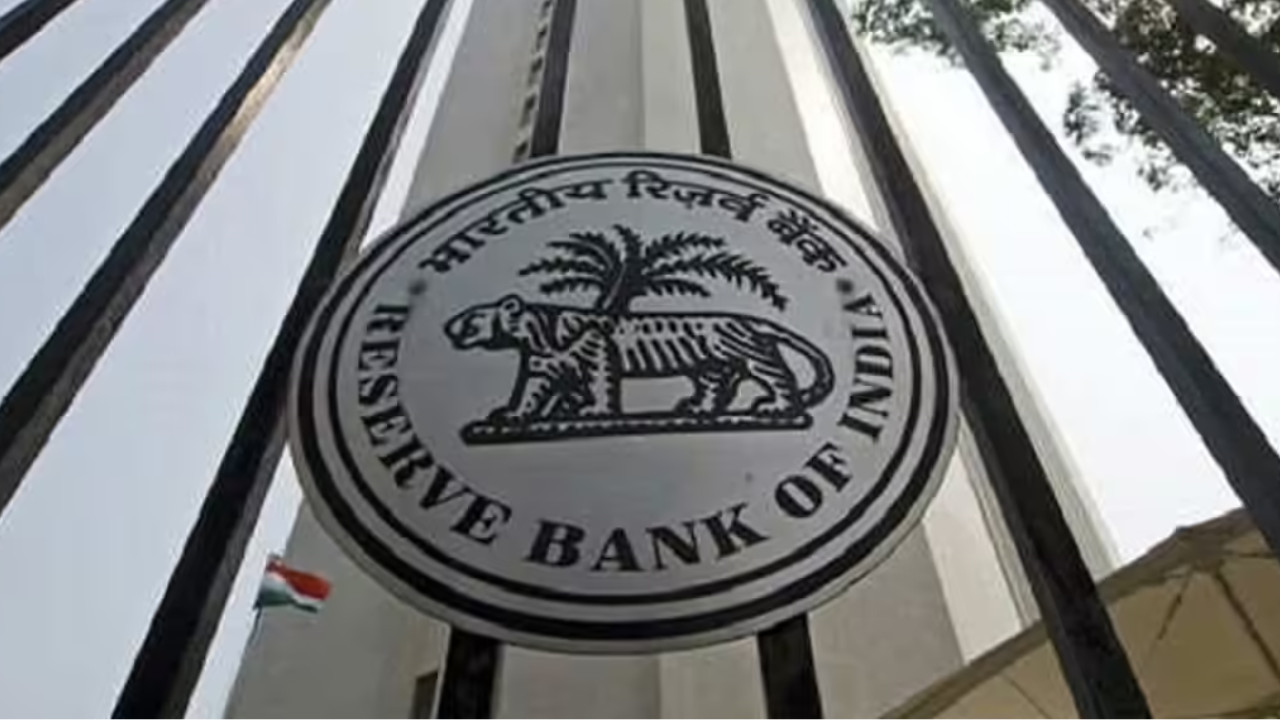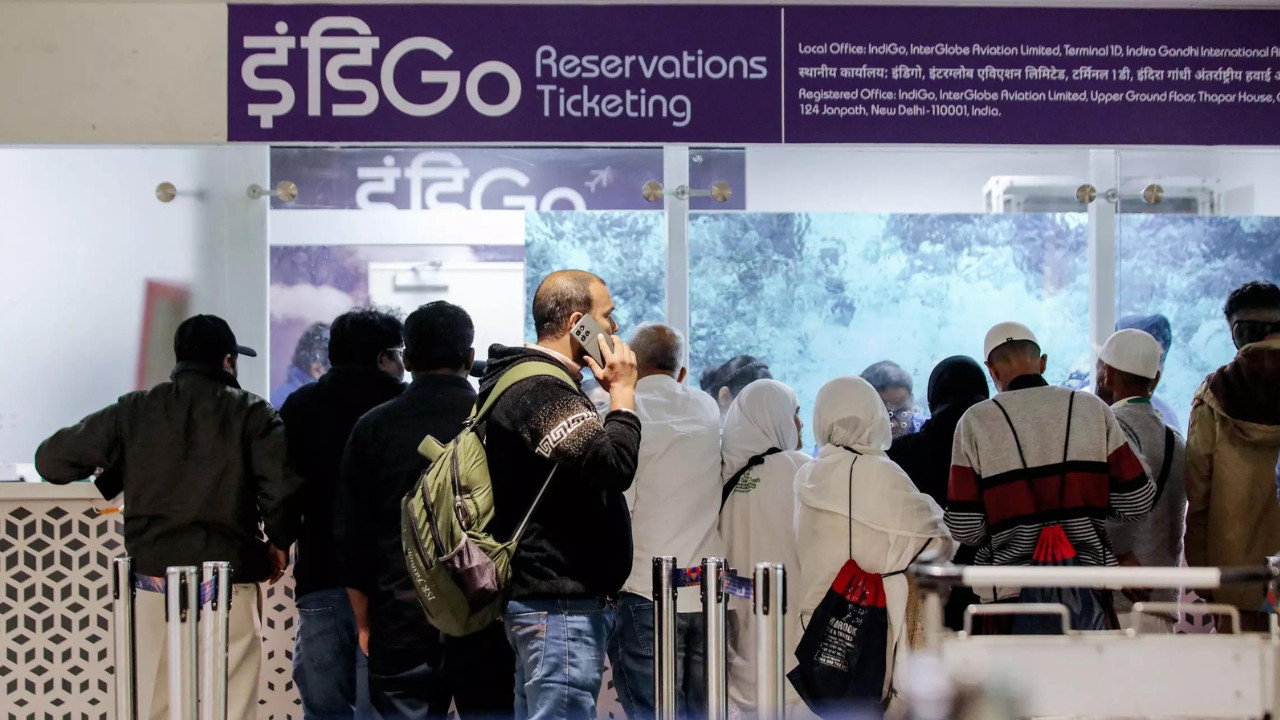The Reserve Bank of India has launched three key surveys, including one on inflation expectations, to inform its monetary policy. These surveys will gather insights from urban and rural households on economic conditions, employment, income, and price trends. The findings will be crucial for the upcoming Monetary Policy Committee meeting.
Reading the Room: RBI’s Proactive Pulse Check on Inflation and the Indian Economy
The Reserve Bank of India (RBI) isn’t content to sit back and wait for the economic winds to shift. Instead, they’re actively heading out to sea to gauge the weather themselves. In a move that underscores their commitment to data-driven policymaking, the RBI has just launched three critical surveys aimed at deciphering the ever-complex narratives surrounding inflation expectations, consumer confidence, and the overall business climate. These aren’t just routine exercises; they are vital instruments that will significantly influence the upcoming December Monetary Policy Committee (MPC) meeting.
Imagine the Indian economy as a vast, bustling marketplace. Prices are fluctuating, consumers are making choices (or delaying them), and businesses are either expanding or bracing for potential downturns. To effectively manage this marketplace, the RBI needs real-time, granular insights. That’s precisely what these surveys aim to provide.
Decoding Consumer Confidence: Are Wallets Opening or Staying Shut?
One of the most revealing barometers of economic health is consumer confidence. The RBI’s Consumer Confidence Survey (CCS) directly probes the sentiments, perceptions and expectations of households across the nation. What are people thinking about their current income levels? Are they optimistic about the future? Are they planning to splurge on that new car or postpone major purchases?

The CCS goes beyond simple optimism or pessimism. It delves into specific areas like employment prospects, price levels, and overall economic conditions. This nuanced understanding allows the RBI to identify potential pressure points and anticipate shifts in consumer behavior. A dip in consumer confidence, for example, could signal a potential slowdown in demand, which might then necessitate a recalibration of monetary policy. The goal is to empower the RBI to fine-tune its strategies, ensuring they’re aligned with the real-world experiences of Indian consumers.
Inflation Expectations: Taming the Beast
Inflation remains a persistent concern for central banks worldwide. Predicting future inflation is a tricky business, influenced by a myriad of global and domestic factors. That’s where the Inflation Expectations Survey of Households (IESH) comes into play. The IESH directly asks households about their expectations for inflation in the coming months and years. These expectations are crucial because they can become self-fulfilling prophecies. If people expect prices to rise significantly, they may demand higher wages and adjust their spending habits accordingly, potentially fueling further inflation.
By closely monitoring these expectations, the RBI can proactively manage inflationary pressures. If the IESH reveals a significant uptick in expected inflation, the central bank might consider tightening monetary policy to cool down demand and stabilize prices. This survey acts as an early warning system, allowing the RBI to respond swiftly and decisively to potential inflationary threats.
Gauging the Business Climate: Are Industries Feeling the Heat?
The health of the business sector is another critical indicator of overall economic performance. The RBI’s Survey of Professional Forecasters (SPF) taps into the collective wisdom of economists and financial experts to gather insights into the current and future business climate. The SPF seeks forecasts and opinions on key macroeconomic variables, like GDP growth, inflation, and exchange rates. These professional forecasts provide a valuable external perspective, complementing the RBI’s internal assessments.
This survey can reveal emerging trends and potential risks that might not be immediately apparent. For instance, a consensus among forecasters that economic growth is likely to slow down could prompt the RBI to adopt a more accommodative monetary policy stance. By incorporating this external expertise, the RBI ensures that its policy decisions are grounded in a comprehensive understanding of the economic landscape. For additional insights into managing risks for businesses, see our article on [Navigating Financial Uncertainty](internal-link-to-related-article).
The December MPC Meeting: A Data-Driven Decision
The data gleaned from these three surveys will be meticulously analyzed and presented to the members of the Monetary Policy Committee (MPC). This committee, composed of internal and external experts, is responsible for setting India’s key interest rates. The findings from the CCS, IESH, and SPF will play a crucial role in shaping the MPC’s assessment of the economic outlook and its subsequent policy decisions.
Will the MPC decide to raise interest rates to combat inflation? Will it hold steady to support economic growth? Or will it even consider lowering rates to stimulate demand? The answers to these questions depend, in large part, on the signals emanating from these surveys.
The RBI’s proactive approach to gathering real-time data underscores its commitment to evidence-based policymaking. By carefully monitoring consumer confidence, inflation expectations, and the business climate, the central bank aims to navigate the complexities of the Indian economy with greater precision and effectiveness. It’s a constant dance between growth and stability, and these surveys are the RBI’s way of ensuring they don’t miss a step. The results from these surveys are an active way of reading the economy.







